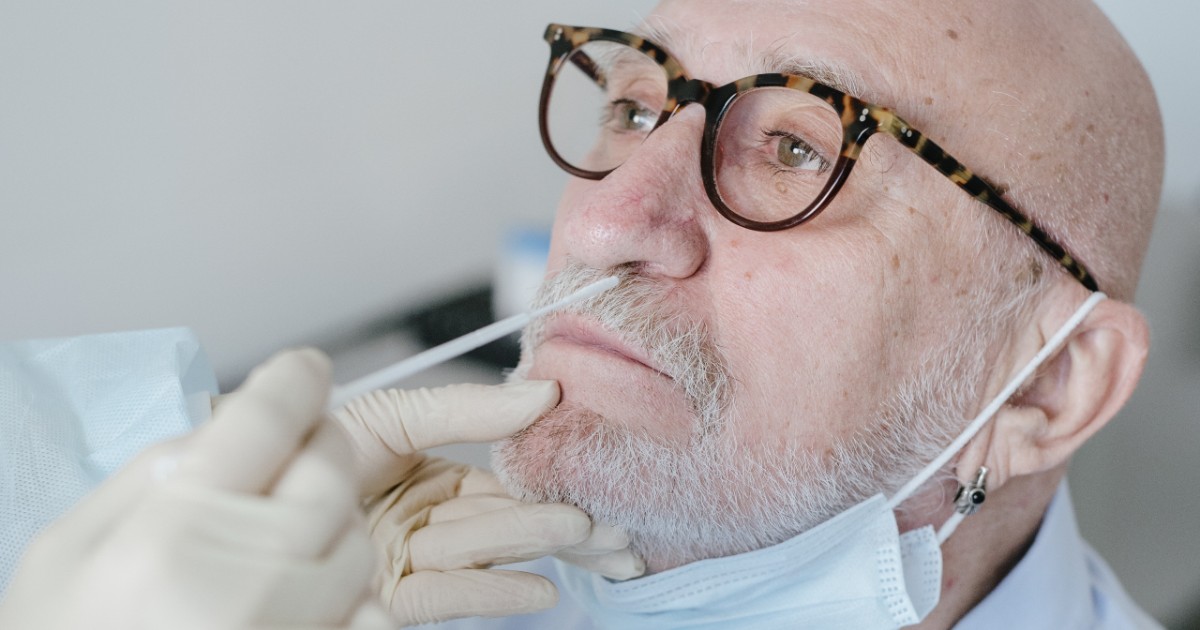A study published in the Journal of the American Medical Association Network Open this past week found that hospitalized patients who tested positive for COVID-19 were more likely to experience shortness of breath, fatigue and type 2 diabetes months later.
The research, which was led by scientists from the Centers for Disease Control and Prevention and the Louisiana Public Health Institute, examined aggregated electronic health record data from more than 2 million patients who were tested for COVID-19 between March and December 2020, and who had medical encounters between 31 and 150 days after testing.
“Although new symptoms and conditions occurred infrequently, applying the proportions of these rare events to the millions of persons infected with SARS-CoV-2 means that a substantial number might experience new symptoms and conditions after their acute illness,” observed the researchers in the study.
WHY IT MATTERS
Information is continuing to emerge about COVID-19 and the lingering effects after initial infection, sometimes referred to as “long COVID.”
As the researchers note, population-based estimates of the occurrence of new symptoms and conditions following a positive COVID-19 diagnosis remain under-characterized.
In order to try and address that gap, the team relied on the National Patient-Centered Clinical Research Network, PCORnet, a national-scale research network.
Starting in April 2020, PCORnet began COVID-19 surveillance among 42 healthcare systems and one health plan, with data available for about 12 million people.
For this particular study, researchers analyzed the records of 338,024 people younger than 20 and 1,790,886 people older than 20, stemming from 40 health systems.
They compared the prevalence of new symptoms and conditions between positive and negative COVID-19 test results, stratified by age and care setting (meaning non-hospitalized, hospitalized, or hospitalized and ventilated).
Shortness of breath was more common among patients older than 20 who had tested positive, regardless of whether they were hospitalized.
The prevalence of new fatigue and type 2 diabetes was also higher among hospitalized people older than 20 with a positive test result, as were diagnoses of cognitive dysfunction, sleep disorders, heart rate abnormalities and myoneural disorders.
For hospitalized patients younger than 20, shortness of breath was a lingering symptom too; type 2 diabetes was very slightly more common for those who tested positive.
The researchers noted that the prevalence of new symptoms following a positive test was higher among hospitalized persons compared with their nonhospitalized counterparts, suggesting that long-term symptoms may be more common with increased coronavirus infection severity.
Still, they cautioned, “The prevalence of new-onset diabetes in our population may be overestimated, as hyperglycemia or receipt of glucocorticoids during the acute event might have unmasked diabetes that was only coded during a follow-up visit when persistent hyperglycemia was recognized.”
“Future studies should evaluate whether evidence for type 2 diabetes persists beyond the time period that could be affected by treatments,” they added.
Although they pointed out that they were not able to determine whether the new conditions were caused by COVID-19, they stressed the need for health providers to monitor for symptoms beyond the first month of infection.
“Longitudinal studies extending beyond six months after acute infection will be important to quantify the true impact of COVID-19 sequelae,” they said.
THE LARGER TREND
Informaticists have increasingly leaned on data to help unlock some of the mysteries of long COVID.
“As far as we can tell, 10-15% of people who have had COVID are getting these kinds of symptoms,” said Dr. Shawn Murphy, chief research information officer at Mass General Brigham, in an interview with Healthcare IT News this past July. “We’re really talking about quite an enormous number of patients going to be having this problem.”
Still, there’s some hope: Researchers have found that getting vaccinated against COVID-19 may lessen long COVID symptoms.
ON THE RECORD
“These estimates highlight the need for health care professionals and patients to monitor for development of new symptoms and conditions beyond the first month after SARS-CoV-2 infection, particularly for individuals who required hospitalization for acute COVID-19,” wrote the researchers in the JAMA Network Open study.
Source: Read Full Article
